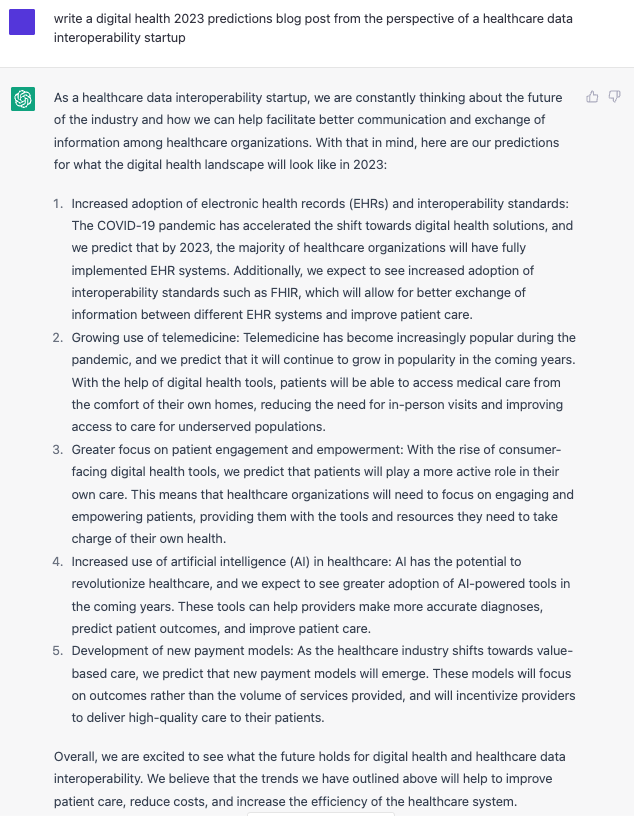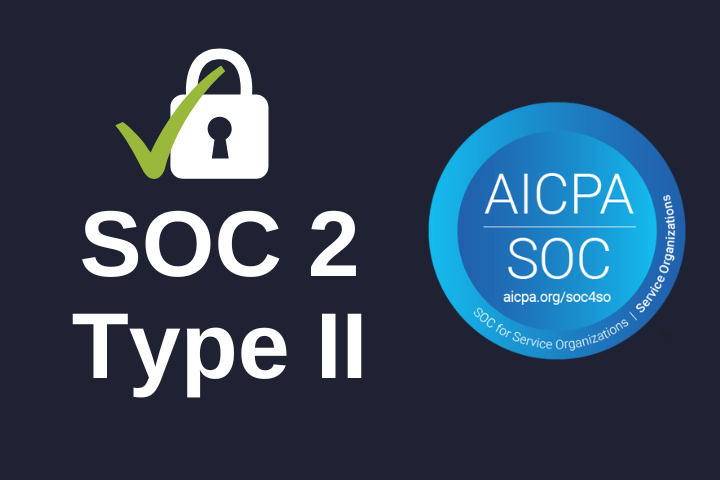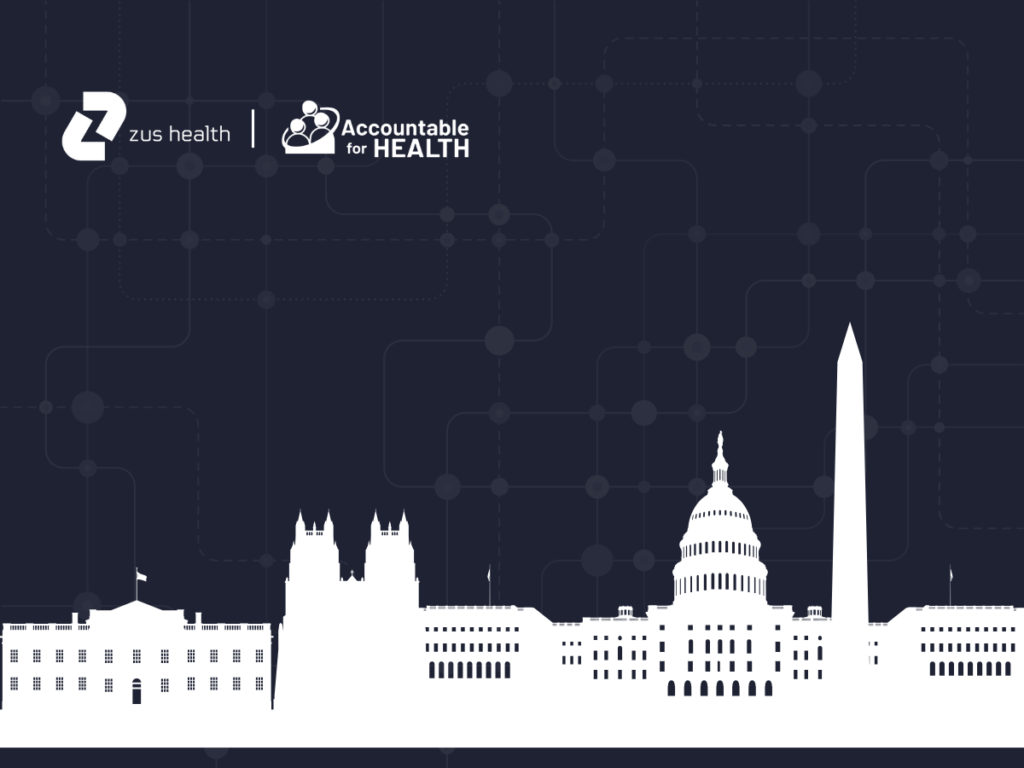Crowd-sourcing our takes for the year ahead
It’s the first full week of the new year, and we at Zus have taken some time to absorb the rampant 2023 digital health prediction posts that have been zipping around (see here and here and here and here) and put together some hot and, admittedly, cold takes on where we see the landscape moving and what that means for healthcare data interoperability.
From our perspective, the name of the game for digital health in 2023 is ROI and profitability. (As you can see from the predictions linked above, this is a decidedly chilly take.) With the current market conditions, across both virtual care providers and the technology solutions serving them, organizations need to be able to prove that their solution delivers a meaningful boost to their customer’s bottom line through additional revenue capture or cost savings, all without adding more work to an already burnt-out clinical and administrative staff. Our CEO Jonathan Bush recently shared some deeper thoughts on this topic, and if these challenges resonate with you (especially around the need to reduce the burden of clinical data collection), the Zus team would love to help — reach out to us here.
And so as we all stumble back in from the holidays and fall back into the delightful chaos of startup life, we wanted to share a few more thoughts on the year to come from the self-described Zus Brain Trust — let us know what you think.
On evolving payment models
With current macroeconomic conditions, successful DTC health companies will gravitate to solutions to allow them to meet insurance billing requirements (HIPAA security requirements, supporting data, and integrating with existing billing systems).
– Bryan Knight, Engineering
On stakeholder makeup
It will be imperative for medical and clinical leaders to be involved even more heavily in the design and validation of digital health solutions. New statistics come out every day about the growing attrition rate in the medical profession because of burnout and more time spent on the computer than with patients. New solutions will be most successful by building tools that end-users are excited about to the extent that they willingly champion the tool internally, and this can best be done by ensuring they are involved in every step of the ideation, design, and implementation process. As one of our customers said to us, “when our clinicians are happy, they deliver better care, which makes our patients happy, which makes our business happy.”
– Sarah Healy, Commercial Strategy & Ops
On non-treatment purposes of use
CURES Act-initiated purpose of use (PoU) access beyond treatment will not take off despite regulation saying organizations must comply. It will take fines of ~$1M dollars to force widespread compliance. Companies will evolve to introduce low touch treatment options to circumvent network poor responses for individual access PoU, allowing them to become aggregators of data at scale, then layering a consent engine on top of a PHR to put consumers in control of data to either monetize or share as needed. This will eventually undermine the tethered patient portal approach which is plagued with shortcomings like incomplete pictures of health and difficulties in accessing and sharing.
– Dave Boerner, Solutions Design
On the continued forward march (leisurely stroll?) of FHIR
FHIR R4 is increasingly relevant within the US, and FHIR R5 is inching towards being approved…but I predict R5 is 5+ years away from having any significant impact in the U.S. thanks to the regulatory requirements driving R4 adoption. R5 itself is nominally all trial-use and is intended to be “finalized” in a hypothetical R6, so adoption may ultimately wait for R6, no doubt delighting the “let’s just wait until ICD-11” crowd.
– Tim Gorton, Principal Architect
On everyone’s favorite new chatbot
I think you’re going to see a lot of companies trying to leverage tools like ChatGPT to handle at least initial care requests, whether that’s a good idea or not. I expect there will be a lot of early failures, but the potential exists to dramatically improve the patient experience and reduce time to care.
– Logan Brown, Engineering
Full disclosure: We did ask ChatGPT to write us a predictions post, and while certainly reasonable, we felt they were a tad passé:


On QHINs
There’s been a lot of buzz around QHINs with a lot remaining to be seen — the key here will be making sure the framework doesn’t detrimentally splinter centralized networks and has a clear path to value and positive cash flow. Definitely something to keep an eye on.
– Nadine Peever, Data Partnerships
On the GOAT
Messi jerseys will be (already are) in a backlog for months and companies will over produce them, ending in a FHIR sale in the second half of 2023 (which is when I’ll buy one).
– Dave Boerner, Solutions Design
And with that — onwards and upwards into 2023!
Featured photo by Moritz Knöringer on Unsplash




